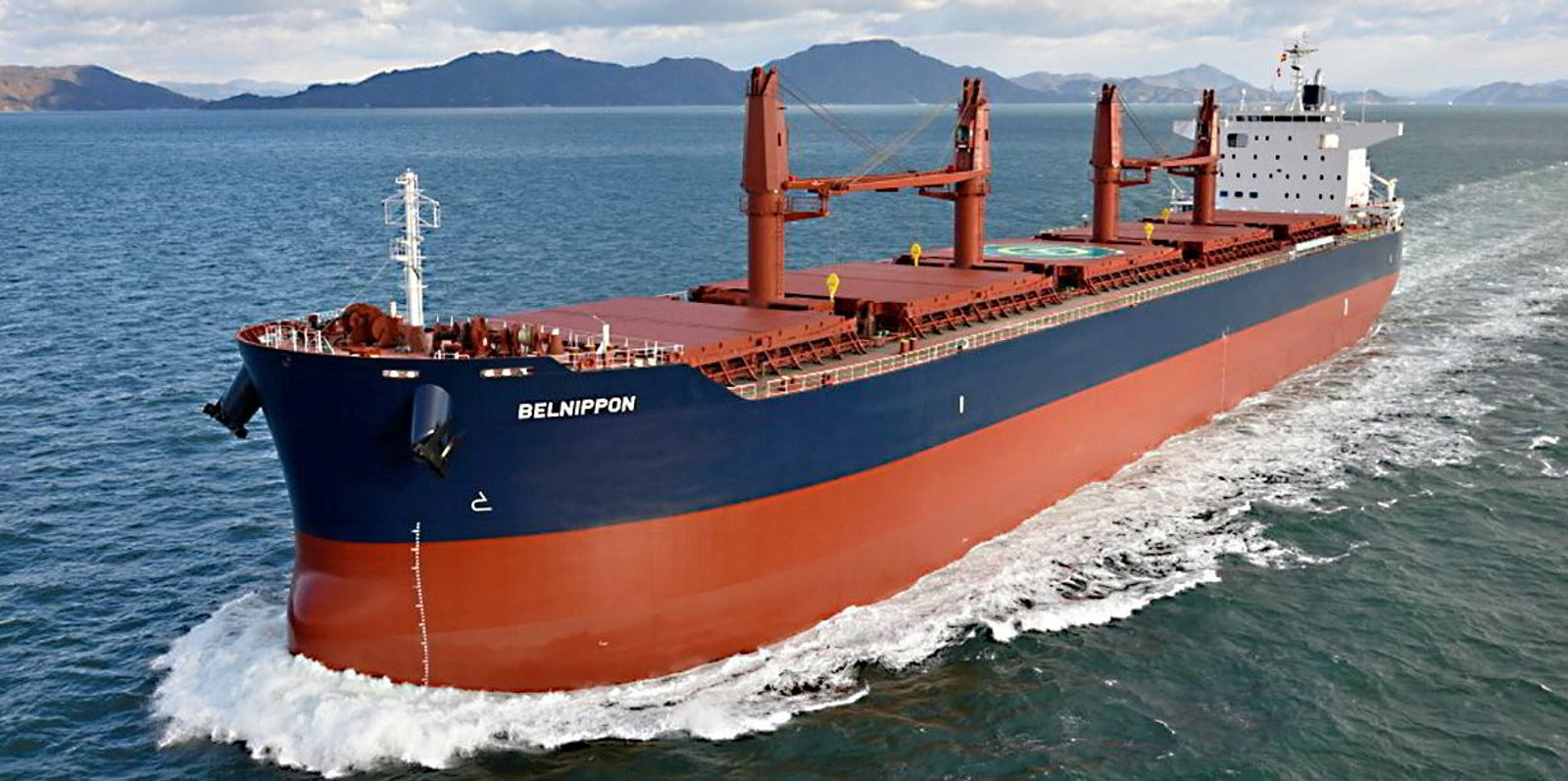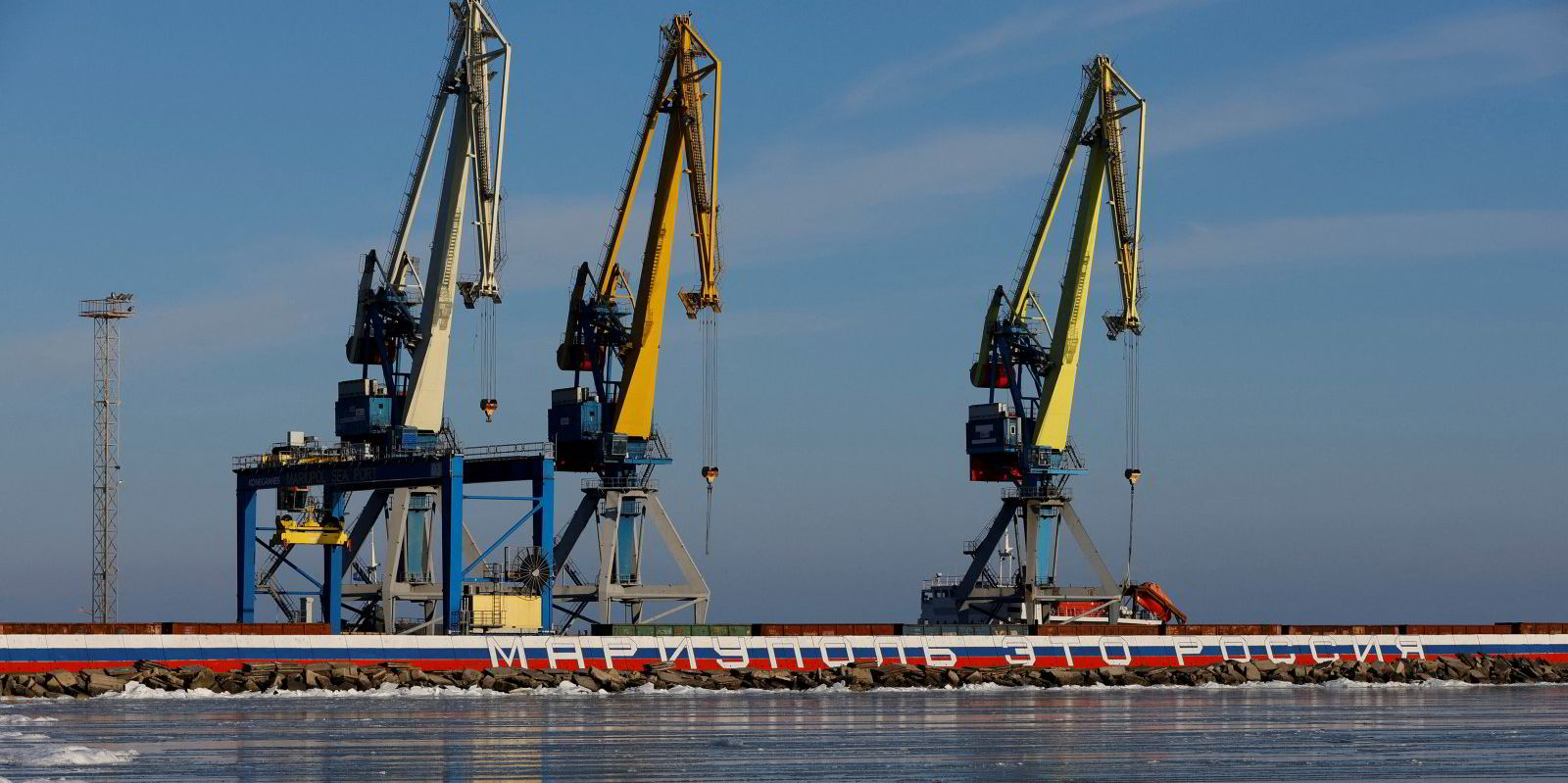Profitable time-charter contracts have helped bulker owner Belships ride out weak first-quarter freight markets, distribute dividends and pay down its debt.
The Oslo-listed shipowner is paying out around 73% of its net results in dividends to shareholders for the first quarter, 3% more than for the previous three-month period.
Belships recorded $27.8m in net profit for the first quarter on the back of profitable forward cover for its fleet of supramax and ultramax bulkers, of which it has 35 including newbuildings.
This is down from $59.5m in the same period of 2021, whenthe freight market was stronger and Belships booked gains on the sale of two vessels.
Belships has declared a dividend of NOK 0.70 per share for the first three months of this year, NOK 0.05 less than it has in each of the previous three quarters.
This latest payment means Belships has distributed $185.2m in total to shareholders over the past two years, equivalent to NOK 7.05 per share. The company said this is more than the share price from the time of Belships’ merger with the Lighthouse Group, which was completed in early 2019.
As well as payments to shareholders, Belships has also used its cash to pay down debt. It said it voluntarily prepaid $13.4m on outstanding bank debt during the first quarter, leaving it with $127.7m in cash and cash equivalents at the end of the period. It has $145m in interest-bearing bank debt.
Net freight revenue for the whole fleet remained flat year on year at $51.4m during the first quarter, which Belships said was due to fleet growth in the period and “significant contract coverage securing stable earnings”.
Belships took delivery of a new ultramax — the 64,000-dwt Belmondo — in January from Imabari Shipyard in Japan.
The larger fleet compared to last year meant that ship operating expenses grew year on year by almost $1m to $14.3m during the first quarter, but Belships said the amount of non-recurring costs was lower.
Belships’ owned vessels earned a gross time-charter equivalent (TCE) rate of $20,559 per day on average during the quarter, a couple of thousand dollars lower than in the previous three months.
The result is around double the average Baltic Supramax Index (BSI) for the period, which averaged $10,170 gross per day in the final quarter.
“The strong outperformance is due to a high number of fixed-period time-charter contracts at levels above current market rates,” Belships said in its first-quarter report.
Belships’ overall Ebitda for the period was $56.1m, of which $8.2m was contributed by Belships’ in-house commercial platform Lighthouse Navigation.
Looking ahead, Belships has a high level of forward cover that should tide the company over as bulker markets continue to recover.
“It is reasonable to anticipate improved freight markets based on increased activity from China and that demand should continue to improve compared to last year,” Belships said in its report.
“However, the pace of this recovery is uncertain, and we are comfortably positioned with highly profitable contract coverage for the meantime.”
The shipowner has fixed 98% of its available ship days during the second quarter at an average gross rate of $19,000 per day. Its daily cash breakeven for 2023 is approximately $10,900 per vessel.
It said that 72% of its ship days in the next four quarters are fixed at $18,600 per day.
“Looking further ahead, the supply side as observed from the number of deliveries and the publicly quoted orderbook for dry bulk is historically low. We therefore remain optimistic in terms of medium to long-term market prospects,” Belships said.
Belships signed deals to acquire four new 64,000-dwt ultramax bulkers during the first quarter. The ships are being constructed at Japanese shipyards and are set for delivery from 2024 to 2026.




